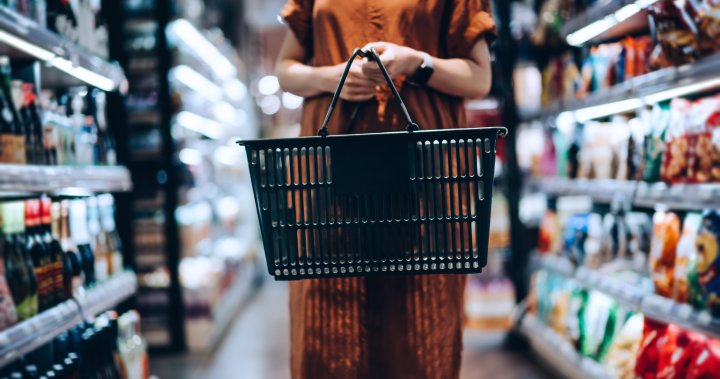
Food prices rose nearly 4% in September. These products saw the biggest jump
Global News
Are higher food prices here to stay? Economists say that's the million-dollar question and the answer will depend on how long supply chain disruptions last.
The country’s annual rate of inflation reached its highest level since 2003 last month, Statistics Canada said Wednesday, amid ongoing supply chain disruptions in wake of the COVID-19 pandemic.
The agency said its consumer price index was up 4.4 per cent in September compared with a 4.1 per cent year-over-year increase in August.
While the biggest driver for rising prices was gasoline, food prices weren’t left unscathed.
“Food was an important component of the September increase in inflation, and there were a number of factors that played a role,” Sri Thanabalasingam, senior economist at TD Bank told Global News.
“You had temporary factory closures. You had higher input costs as well as the general theme of supply chain disruptions. So all three factors contributed to pushing up food prices last month.”
Overall, the cost of food rose 3.9 per cent year-over-year compared to 2.7 per cent in August. The biggest gains were in food purchased in store (4.2 per cent), followed by food in restaurants (3.1 per cent).
But are higher prices here to stay? Economists say the answer to that question will depend on how long supply chain disruptions last.
